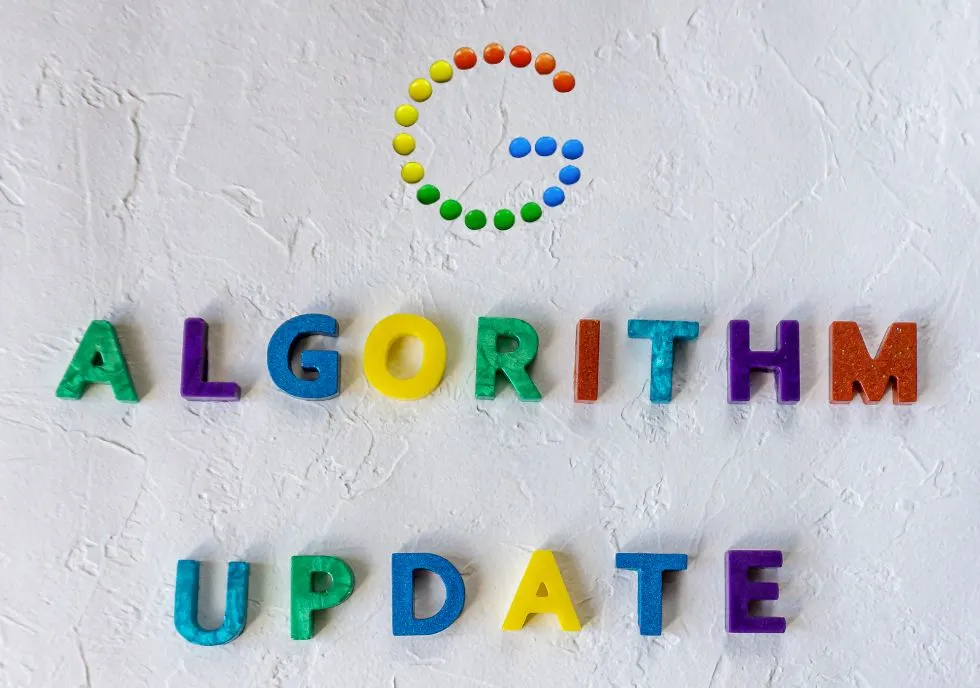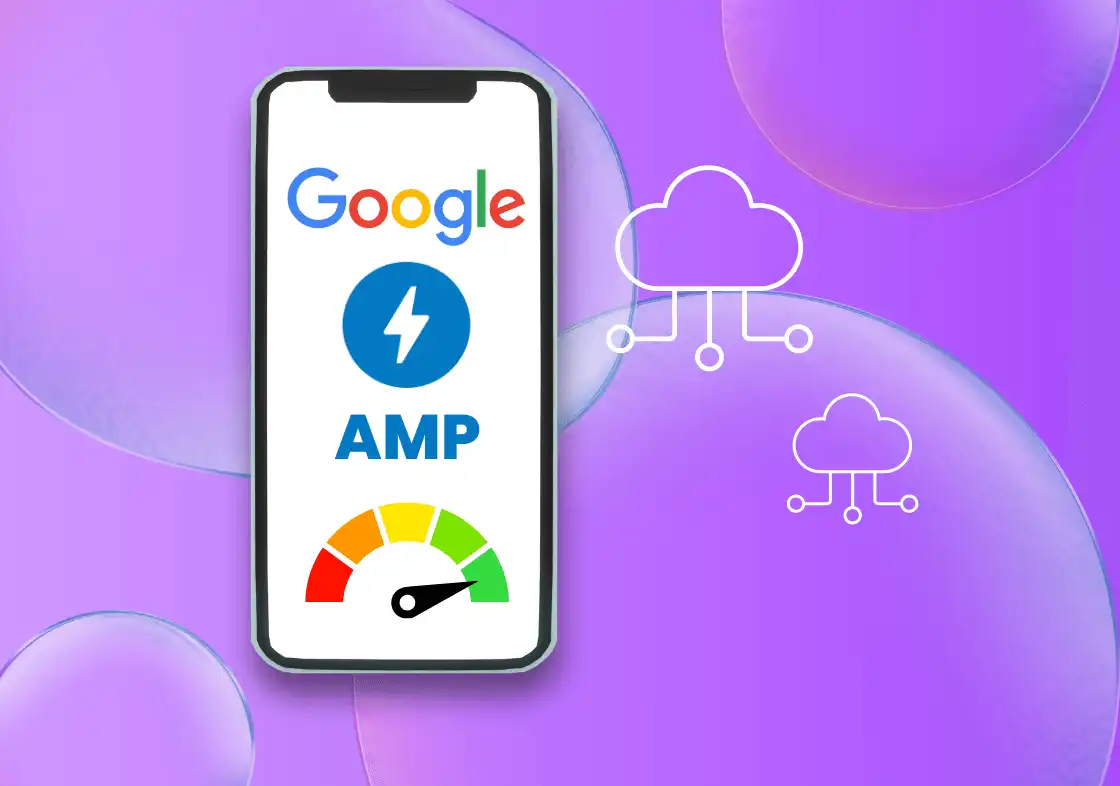Casting Shadows: Unveiling the Power of Dark Mode in UI Designs
Dark mode has become increasingly popular among users in recent years. Its sleek and elegant appearance, along with the potential benefits for reducing eye strain and conserving device battery, have made it a sought-after feature in various applications and operating systems. As a result, the standardization of dark mode in UI designs has emerged as an essential consideration for developers and designers alike.
Introduction to Dark Mode
Dark mode, also known as night mode or dark theme, is a user interface design trend that presents content on a dark background, often using lighter text and UI elements. It offers an alternative visual style to the traditional light mode, where content appears on a white or light-colored background. Dark mode has gained popularity across various platforms, including mobile applications, websites, and operating systems.
The Benefits of Dark Mode
Dark mode offers several advantages that contribute to its growing popularity. Firstly, it can reduce eye strain, particularly in low-light environments, by providing a less glaring and more comfortable viewing experience. Secondly, dark mode has the potential to extend device battery life, especially on devices with OLED or AMOLED displays, as fewer pixels are illuminated. Lastly, many users find dark mode aesthetically pleasing, as it gives a modern and sleek appearance to the user interface.
User Preference and Accessibility
Preferences regarding dark mode vary among users. Some individuals prefer dark mode due to its visual appeal or the aforementioned benefits, while others may find light mode more comfortable or suitable for their needs. To accommodate diverse user preferences, it is crucial to provide options for both dark and light modes in UI designs. Accessibility considerations are also essential, as some users may have visual impairments or conditions that require specific color contrasts or customization options.
Challenges in Dark Mode Standardization
One of the primary challenges in dark mode standardization is the lack of consistency across different platforms and applications. Currently, each platform and app may implement dark mode differently, resulting in a fragmented user experience. The absence of clear guidelines and standards makes it difficult for developers and designers to ensure a consistent dark mode experience across various interfaces.
Current Approaches to Dark Mode Implementation
Currently, dark mode implementation varies depending on the platform or application. Some platforms offer a system-wide dark mode option that can be toggled on or off, while others allow users to customize dark mode settings based on their preferences. Developers and designers can leverage platform-specific APIs and frameworks to implement dark mode in their applications effectively.
The Importance of Consistency
Consistency in dark mode design is crucial for providing a seamless user experience. Users expect a unified look and feel when switching between different applications or interfaces. Consistent color schemes, typography, and iconography contribute to a harmonious dark mode experience and help users navigate interfaces effortlessly.
Guidelines for Dark Mode Design
To achieve effective dark mode design, adhering to certain guidelines is essential. Firstly, designers should consider the readability and legibility of text and UI elements in dark mode by using appropriate color contrasts. Secondly, designers must pay attention to the hierarchy and visibility of elements to ensure that crucial information stands out. Additionally, designers should consider the emotional impact of dark mode and align it with the overall brand identity and user expectations.
Supporting Dark Mode in Web Design
Implementing dark mode in web design requires specific considerations. CSS media queries can be utilized to detect the user’s preferred mode and apply appropriate styling accordingly. Careful attention should be given to background colors, text colors, and other design elements to ensure a visually appealing and accessible dark mode experience across various devices and browsers.
Dark Mode and Branding
Dark mode offers an opportunity to enhance brand identity and create a distinctive user experience. When implementing dark mode, designers can explore ways to incorporate brand colors, typography, and visual elements while maintaining readability and usability. This ensures that the brand’s essence remains intact while providing users with an enjoyable dark mode experience.
Dark Mode and User Experience
The user experience in dark mode extends beyond aesthetics. Designers must consider the context in which users interact with their interfaces, such as ambient lighting conditions and user expectations. Additionally, providing seamless transitions between dark and light modes and allowing users to easily switch between the two enhances the overall user experience.
Future Trends in Dark Mode Design
As dark mode continues to evolve, several trends are worth considering. Adaptive dark mode, which automatically adjusts the interface based on ambient lighting conditions, can provide a more dynamic user experience. Customizability, allowing users to personalize their dark mode preferences, is another trend that offers greater flexibility. Furthermore, integrating dark mode with other emerging technologies, such as augmented reality (AR) and virtual reality (VR), can present exciting possibilities for immersive experiences.
Conclusion
Dark mode has gained significant popularity in UI designs, offering benefits such as reduced eye strain, potential battery savings, and an appealing aesthetic. However, standardizing dark mode across platforms and applications remains a challenge. Consistency, adherence to design guidelines, and consideration of user preferences and accessibility are crucial in delivering a seamless dark mode experience. By embracing these principles, designers can create visually captivating interfaces that enhance user satisfaction and engagement.
FAQs
Q1: Does using dark mode save battery on all devices?
A: Dark mode can potentially save battery life on devices with OLED or AMOLED displays, as these technologies allow individual pixels to be turned off. However, the extent of battery savings may vary depending on device settings and usage patterns.
Q2: Can dark mode cause readability issues?
A: Dark mode, when implemented with proper contrast and legibility considerations, should not cause readability issues. Designers should ensure that text and UI elements are appropriately styled to maintain readability in dark mode.
Q3: How can I enable dark mode on my device?
A: The process of enabling dark mode varies depending on the device and operating system. Generally, it can be found in the device’s settings under “Display” or “Appearance.” Refer to your device’s user manual or online documentation for specific instructions.
Q4: Can I customize the appearance of dark mode?
A: Depending on the platform or application, customization options for dark mode may be available. Some interfaces allow users to adjust color schemes or toggle specific design elements. Check the settings or preferences section of the respective platform or application for customization options.
Q5: Will using dark mode improve my sleep quality?
A: While dark mode can reduce eye strain in low-light conditions, there is limited scientific evidence directly linking it to improved sleep quality. It is advisable to maintain a healthy sleep routine and limit exposure to electronic devices before bedtime for optimal sleep.



